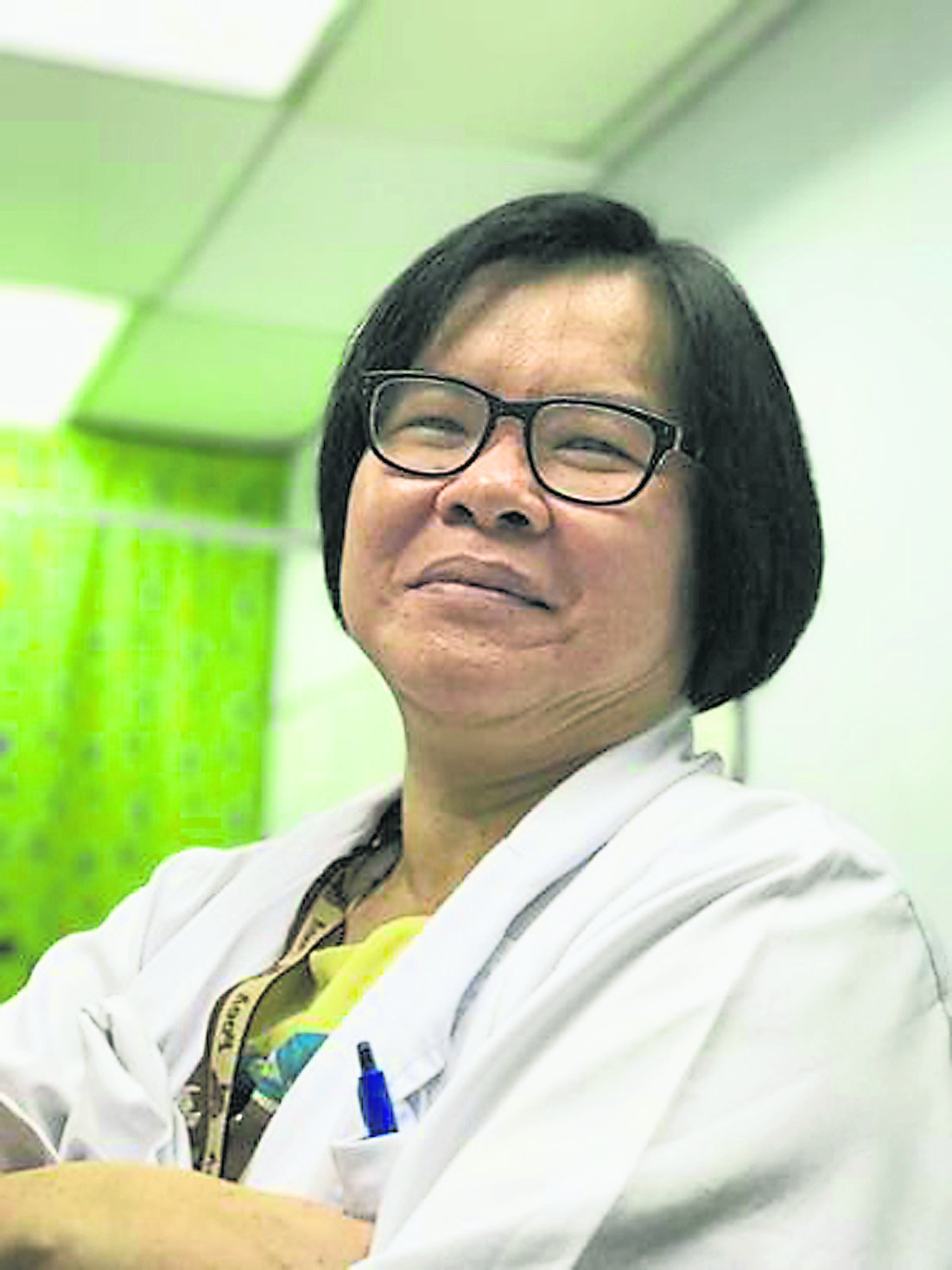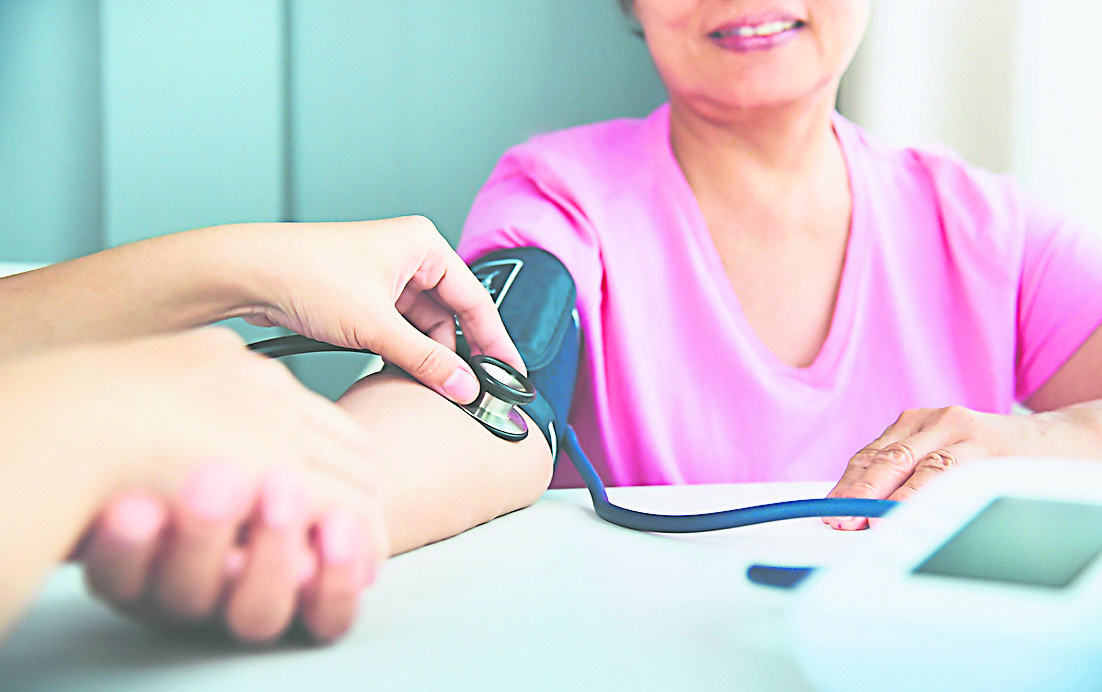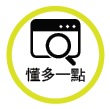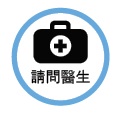80% of children with high blood pressure are secondary factors. High-risk groups should be measured regularly starting from the age of 3 years old.
[ad_1]
It is recommended that children over 7 years old have their blood pressure measured every year. For high-risk groups such as those who have been in the NICU since birth, suffer from congenital heart disease, obstructive sleep apnea, kidney disease or urinary system abnormalities, diabetes, organ or bone marrow transplant, and those who are known to take Drugs that raise blood pressure and systemic diseases, etc., it is recommended to start high blood pressure screening at an earlier age.
(Kuala Lumpur News) Hypertension in adults is defined based on the epidemiology of the risk of adverse events, such as morbidity and mortality associated with sustained elevated blood pressure, and risks associated with cardiovascular disease, and is generally considered to be 140/90 mmHg. Column (mmHg) or above.
The prevalence rate of overweight children is 4.99%
Dr Yap Yoke Chin, Consultant Pediatric Nephrology, pointed out that the blood pressure values of children or adolescents will change with different sizes. As they age, their normal blood pressure will gradually approach the adult value. Therefore, childhood hypertension is determined based on the blood pressure distribution of normal healthy children: in at least three blood pressure measurements, the blood pressure value is the 95th percentile (percentile) or above of the blood pressure of the same age, same gender, and same height.
The American Academy of Pediatrics (APP) has established different blood pressure value standards based on children’s age, gender and height. Doctors can download the form from the Internet, or consult the fifth edition of the Malaysian Clinical Practice Guidelines for the Management of Hypertension. In addition, the website mdcalc.com also provides a free high blood pressure calculator for children. Just enter your age, gender, height and blood pressure value.
“The prevalence of hypertension among children and adolescents worldwide is about 4%, and it is more common in boys than girls. Blood pressure is closely related to weight. The prevalence of obese children is four times higher, at 15.27%. The prevalence of hypertension in overweight children The incidence rate is 4.99%.”
“Our country ranks second in ASEAN in the proportion of obese children and adolescents (5 to 19 years old).
The obesity rate is as high as 12.7%.
The pathogenesis of obesity-induced hypertension is complex.
Activation of the renin-angiotensin system,
Increased sympathetic nerve activity, insulin sensitivity, etc. may be related to its pathology.
The disease pattern of hypertension also differs across age groups.
The prevalence of essential hypertension increases with age,
Up to 80% to 90% of hypertension in young children is due to secondary factors.
Secondary hypertension in adults only accounts for about 5% to 10%. “
She said that high blood pressure in newborns under 1 month old is usually caused by congenital renal and urinary tract anomalies, thrombosis caused by umbilical cord catheters, and bronchopulmonary dysplasia; high blood pressure in children between one month old and 6 years old , mostly due to secondary factors, such as renovascular hypertension, renal parenchymal lesions and aortic coarctation.
“At the age of 6 to 10 years old, in addition to renovascular hypertension and renal parenchymal lesions, children also begin to suffer from essential hypertension. As for hypertension in children and adolescents over 10 years old, it may be caused by essential hypertension. Blood pressure, renovascular hypertension, renal parenchymal disease, exogenous (drug) hypertension, endocrine disorders, aortic coarctation, or monogenic (monegenic) hypertension.”

Dr. Ye Yuzhen
(Dr Yap Yoke Chin)
The gold standard for auscultation diagnosis
She pointed out that 75% of secondary hypertension is caused by renal parenchymal lesions, the other 10% is due to renovascular hypertension, and the others include aortic coarctation and endocrine factors. Reflux nephropathy (reflux nephropathy), congenital renal agenesis or dysplasia, obstructive urinary tract disease, chronic glomerular disease and hereditary polycystic kidney disease are all causes of renal parenchymal lesions.
The American Academy of Pediatrics (AAP) and the European Society of Hypertension (ESH) recommend that children start measuring their blood pressure regularly starting at age 3. Taking into account local primary medical care and resources, my country recommends that healthy children aged 7 and above undergo annual screening for hypertension. However, high-risk groups need to be screened at a younger age and more frequently, such as measuring blood pressure at every visit starting at age 3 years.
“The so-called high-risk groups include those who were born with complications or low birth weight, have been in the neonatal intensive care unit (NICU), have congenital heart disease, obstructive sleep apnea, kidney disease or urinary system abnormalities, diabetes, Organ or bone marrow transplantation, taking drugs known to increase blood pressure, and systemic diseases such as neurofibromatosis.”
According to the Malaysian Department of Statistics, our country’s population in 2020 was approximately 32.7 million, of which children (0 to 14 years old) accounted for 28.3%, approximately 9.24 million people. Excluding children younger than 4 years old, which means there are 1.2 million children who do not need high blood pressure screening, our screening target is as high as 8 million children.
Indirect blood pressure measurement methods are divided into auscultatory method and oscillometric method.
She emphasized that auscultation is the gold standard for diagnosing hypertension, and standard data on blood pressure values in children is generated through this method. At present, doctors no longer use mercury-column sphygmomanometers. They usually use aneroid sphygmomanometers. The first Korotkoff sound is systolic blood pressure and the fifth tone is diastolic blood pressure.

Choosing the right cuff is key
Currently, most ambulatory blood pressure monitors and automatic electronic sphygmomanometers use the oscillometric method to indirectly measure blood pressure. The ambulatory blood pressure monitor can help detect white-coat hypertension and masked hypertension. The former is when the blood pressure measured in the clinic is high, but the blood pressure measured at home is normal; the latter is when the blood pressure measured in the clinic is low, but it continues to be low in life. high. If the blood pressure measured by the oscillometric method is too high, it needs to be confirmed by auscultation.
In addition to the type of sphygmomanometer, the level of blood pressure measurement is closely related to the choice of cuff. Choosing the right cuff for children is important as this will affect the accuracy of the measurement results. If an obese child uses a cuff that is too narrow, the measurement will be too high; a cuff that is too wide will cause the measurement to be low.
“Therefore, when measuring blood pressure in children, the width of the cuff should cover 70% of the upper arm length, the width of the bladder should be 40% or more of the upper arm circumference, and the length should surround 80% to 100% of the upper arm circumference.”

Change diet, exercise and lose weight
Prevention and control risks reduced by 29%
Lifestyle changes aimed at lowering blood pressure to maintain or achieve below the 85th percentile can reduce the risk of hypertension by 29%.
Engaging in 30 to 60 minutes of moderate to vigorous aerobic exercise 3 to 5 days per week, and avoiding more than 2 hours of sedentary activity per day, can reduce the risk of high blood pressure by 1% to 3%.
Ye Yuzhen recommends non-drug treatments for children with hypertension, including dietary changes, exercise and weight loss (if obese). Dietary advice is to avoid excessive sugar, soda, saturated fat and salt (less than 2 grams per day).
DASH diet principles to control blood pressure
“The DASH dietary principles can prevent and control high blood pressure, including the intake of fresh fruits and vegetables and whole grain products. In addition, doctors also need the cooperation of parents or family members to develop a reward system to promote children to achieve a healthy lifestyle.”
She pointed out that antihypertensive treatment needs to be started if a child develops symptoms of hypertension, second-stage hypertension, organ damage, comorbidities such as chronic kidney disease or diabetes, secondary hypertension, and fails to make lifestyle changes for 6 months. Commonly used antihypertensive drugs that are effective and safe in children include angiotensin-converting enzyme inhibitors (ACEi) or angiotensin receptor blockers (ARBs), calcium blockers (CCB), and diuretics.

Hypertension in most children is asymptomatic
Question 1: What are the symptoms of high blood pressure in children?
Answer 1: Most hypertension in children is asymptomatic and is usually discovered incidentally during physical examination. Some children may have symptoms of severe hypertension, such as brain symptoms of hypertensive encephalopathy, such as headache, dizziness, nausea, vomiting, irritability, seizures, or coma.
Other symptoms of severe hypertension include blurred vision, heart failure (shortness of breath), kidney failure, or hypertensive crisis. Hypertensive crisis is defined as blood pressure 30mmHg above the 95th percentile (or above 180/120mmHg), which requires emergency medical care of the child.
Sit quietly for 5 minutes and then measure again
Question 2: How to correctly measure children’s blood pressure?
Answer 2: Let the child sit in a quiet room for 3 to 5 minutes before measuring. It is best to use a chair with back support, do not cross your legs, and allow your feet to touch the ground or a stool. The blood pressure measurement is still based on the right upper arm. The arm should be supported by a table and the height of the elbow fossa should be at the same level as the heart. If the measured value is higher than the 90th percentile, please repeat the test twice with an interval of 3 minutes and take the average of the last two values. If the oscillometric sphygmomanometer shows high blood pressure, please confirm it with auscultation.
[ad_2]
Source link

![[Love Wants Sexual Happiness Series 358]Find the culprit and overcome psychogenic erectile dysfunction. Don’t let pressure affect your sexual happiness.](https://chinathenews.com/wp-content/uploads/2024/04/171111-780x420.jpg)

![[Wanqingyi Care]My health, my rights, customized medical methods in the last stage of life](https://chinathenews.com/wp-content/uploads/2024/04/ZZ1-100-780x420.jpg)
![[Kidney Transplantation Special Topic]The survival rate of transplanted kidneys is high without dialysis treatment three times a week](https://chinathenews.com/wp-content/uploads/2024/04/1311-780x420.jpg)



